Have you ever heard of a festival where African, indigenous, and Spanish traditions collide in a whirlwind of music, vibrant costumes, and devotion?
The Mama Negra festival in Latacunga, Ecuador, is exactly that—a dazzling celebration of cultural fusion that feels like a journey through history. Having lived in a region where festivals are integral to everyday life, I've always been fascinated by how these traditions bring communities together.
In this article, we'll explore the origins of Mama Negra, the symbolism behind its key characters, and how this unique event continues to shape Ecuadorian identity today. Plus, I'll share some key Spanish terms to help you dive deeper into the heart of the celebration!
- La Tomatina Festival
- Feria de las Flores Festival Guide
- Best Argentinian Slang Every Expat Should Know
Table of Contents
What Is Mama Negra Festival?
The "Mama Negra" festival is one of Ecuador’s most vibrant and culturally rich celebrations, held annually in the city of Latacunga. It honors a unique blend of indigenous, African, and Spanish traditions, making it a living testament to Ecuador's diverse heritage.
Originally rooted in gratitude for protection from the nearby Cotopaxi volcano, the festival showcases a colorful mix of parades, rituals, and performances. Mama Negra has grown into a symbol of unity, blending elements from different cultures and offering visitors a glimpse into Ecuador’s complex and intertwined history.
When Is Mama Negra Celebrated?
The Mama Negra festival is celebrated twice a year in Latacunga, Ecuador. The first celebration takes place in September, in honor of the Virgin of Mercy (Virgen de la Merced), the city's patron saint. The second and larger celebration occurs in November, usually around the first week, to mark the anniversary of Latacunga's independence. Both events bring the city to life with parades, music, and cultural performances.
Brief History Of Mama Negra
The origins of the Mama Negra festival date back to the colonial era in Ecuador, with its roots deeply intertwined with the history of Latacunga. Initially, the festival emerged as a blend of indigenous rituals and Spanish Catholicism, influenced by the arrival of African slaves who contributed their own cultural practices. Over time, this fusion created a unique celebration that honored the Virgin Mary while also incorporating local beliefs and customs.
Colonialism introduced Catholic elements to the festival, merging them with indigenous traditions that revered natural forces and ancestral spirits. The result was a celebration that both respected and transformed these influences, creating a distinct cultural expression.
Central to the festival's lore is the figure of Mama Negra, who is believed to act as a protector against the natural threats posed by the Cotopaxi volcano. This volcanic activity has been a significant aspect of local life, and Mama Negra's role evolved as a symbol of safety and divine intervention, ensuring the community's protection from eruptions and other calamities. The festival’s rituals and parades reflect this protective role, blending historical reverence with vibrant festivities that continue to resonate with Ecuadorian identity today.
Read Also:
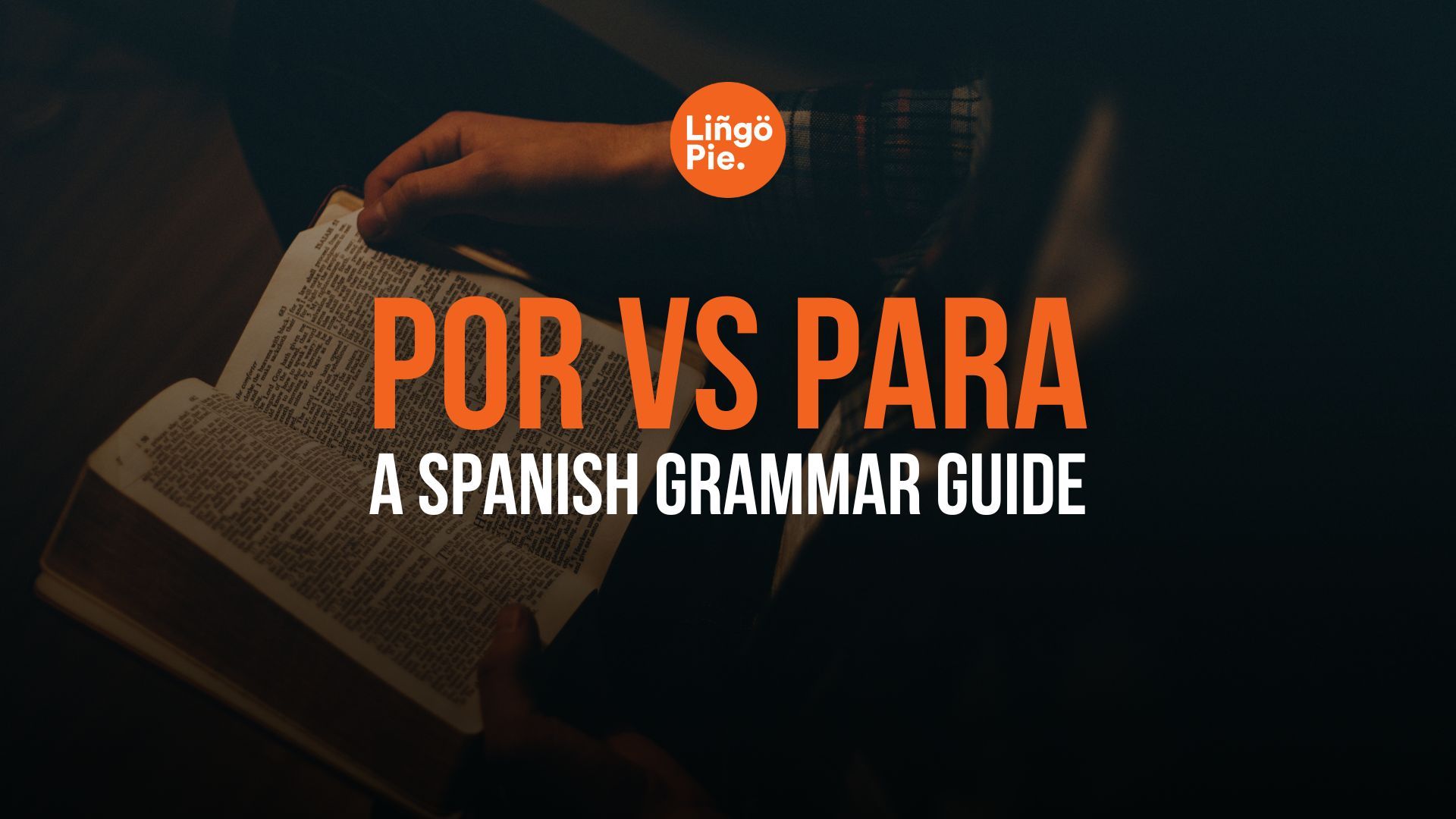
Main Characters and Roles In Mama Negra Festival
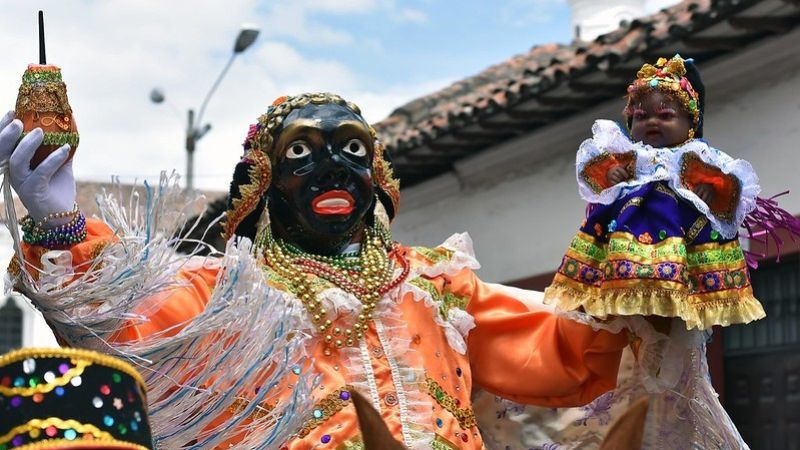
The Mama Negra festival is distinguished by its colorful cast of characters, each playing a unique role in the celebration and contributing to its rich cultural tapestry. Here’s a look at the key figures and their symbolic meanings:
La Mama Negra
- Symbolism: La Mama Negra is the central figure of the festival, embodying a blend of the Virgin Mary and African slaves. This character is a powerful symbol of protection and unity, reflecting the festival’s origins and the merging of different cultural influences.
- Role: Dressed in elaborate costumes, La Mama Negra leads the procession, representing both maternal care and the spirit of the African slaves who contributed to the festival’s traditions.
El Rey Moro:
- Symbolism: El Rey Moro, or the Moorish King, represents the Moorish influence in the region, echoing the historical presence of Moors in Spanish culture. His role highlights the festival’s integration of diverse historical elements.
- Role: Dressed in a regal outfit, El Rey Moro participates in the parade, symbolizing the blending of different cultures and historical eras in the festival’s narrative.
El Ángel de la Estrella:
- Symbolism: The Angel of the Star, or El Ángel de la Estrella, signifies celestial protection and divine intervention. This character reflects the spiritual aspects of the festival and its connection to the divine.
- Role: With a costume adorned with stars and celestial imagery, El Ángel de la Estrella enhances the festival’s mystical and religious atmosphere.
El Capitán:
- Symbolism: El Capitán, or the Captain, embodies leadership and authority within the festival’s framework. His presence underscores the importance of organization and guidance in the festivities.
- Role: Serving as a key figure in coordinating the parade and ceremonies, El Capitán ensures that the event runs smoothly and upholds the festival’s traditions.
El Abanderado:
- Symbolism: El Abanderado, or the Flag Bearer, carries the festival’s flag and symbolizes unity and pride. His role is crucial in representing the collective spirit of the community.
- Role: Bearing the flag throughout the procession, El Abanderado plays a vital role in maintaining the festival’s ceremonial dignity and fostering a sense of communal identity.
These characters, each with their own symbolic significance, come together to create a vibrant and meaningful celebration that reflects the diverse cultural heritage of Ecuador.
Mama Negra Festival Events
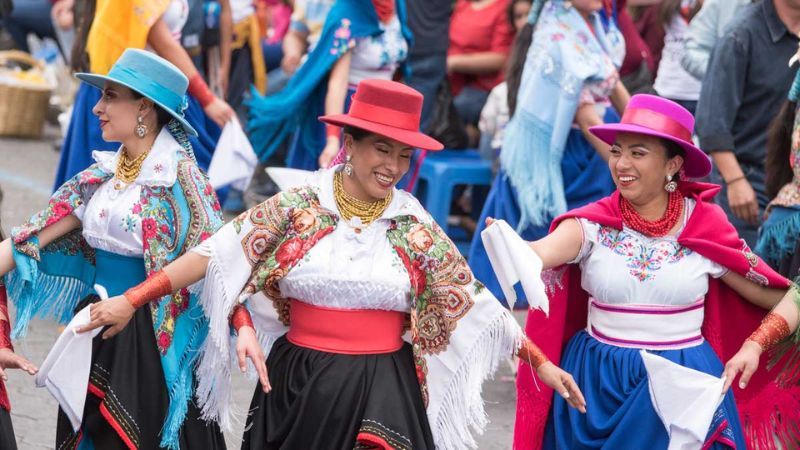
The Mama Negra festival is renowned for its lively and immersive rituals, which are central to its celebration. Here’s an overview of the key elements:
Parades, Dances, and Processions
Parades: The festival features elaborate parades through the streets of Latacunga, showcasing a vibrant array of floats, performers, and spectators. These parades are a visual feast, highlighting the festival's cultural diversity and historical depth.
Dances: Traditional dances are performed by groups dressed in colorful costumes. These dances often blend indigenous, African, and Spanish styles, creating a dynamic and rhythmic celebration that reflects the festival’s fusion of cultural influences.
Processions: A key aspect of the festival is the procession led by La Mama Negra and other key figures. This ceremonial march is a symbolic journey, honoring the Virgin Mary and acknowledging the festival's protective role over the community.
Significance of Costumes, Music, and Choreography
Costumes: The costumes worn during the festival are intricate and symbolic, reflecting the character's roles and the festival’s diverse influences. From La Mama Negra’s elaborate attire to the Moorish King’s regal outfit, each costume is a work of art that enhances the visual and cultural impact of the celebration.
Music: The festival’s music is a lively blend of traditional Ecuadorian rhythms, African drumming, and Spanish melodies. The music adds to the festival’s festive atmosphere, encouraging dancing and participation from the crowd.
Choreography: The choreography of the dances is meticulously planned, incorporating elements from various cultural traditions. This choreographed movement not only entertains but also tells the story of the festival, linking past and present through performance.
Role of Priostes
Festival Organizers: Known as "priostes," these individuals are crucial to the success of the Mama Negra festival. They are responsible for organizing the various aspects of the celebration, from coordinating the parade to managing logistics and ensuring that traditions are upheld.
Offerings to the Virgin: The priostes also make significant offerings to the Virgin Mary as part of their role. These offerings, which often include food, flowers, and other gifts, are a gesture of gratitude and devotion. They symbolize the community’s respect for the Virgin’s protective role and their desire for continued blessings.
Read Also:

Modern Mama Negra Celebrations
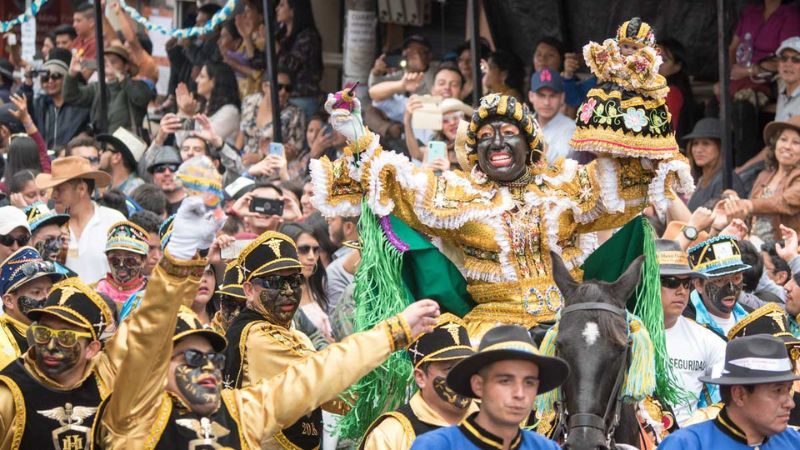
1. How the Festival is Celebrated Today
The Mama Negra festival continues to be a major cultural event in Latacunga, celebrated with enthusiasm and pride. Today’s festivities still honor the traditional elements of the festival, including vibrant parades, ceremonial dances, and the central procession led by La Mama Negra. The event typically spans several days, attracting both locals and visitors.
2. Tourism and Its Impact on the Festival
Increased Tourism: As Mama Negra has gained international recognition, tourism has grown significantly. The influx of tourists has brought increased visibility to the festival, leading to greater economic benefits for the region.
Impact on Traditions: While tourism has helped promote the festival, it has also introduced new dynamics. Some locals express concerns about the commercialization of the festival, which can sometimes overshadow traditional practices. However, efforts are made to preserve the authenticity of the celebration amidst growing external interest.
3. Events Surrounding Mama Negra
Food: The festival is accompanied by a wide array of local food stalls and vendors offering traditional Ecuadorian dishes. Foods such as “locro de papa” (potato soup) and “cuy” (roast guinea pig) are popular, providing visitors with a taste of Ecuadorian cuisine.
Music: Music plays a central role, with live performances featuring traditional Ecuadorian rhythms, Afro-Ecuadorian drumming, and Spanish-influenced tunes. The music enhances the celebratory atmosphere and invites participation from both locals and visitors.
Crafts: Artisans and craftspeople set up stalls selling traditional crafts, such as handmade textiles, jewelry, and decorative items. These crafts often reflect the festival’s cultural themes and offer visitors a chance to take home a piece of the celebration.
4. Recent Changes or Trends in the Celebration
Modern Influences: Recent years have seen the incorporation of modern elements into the festival, including contemporary music styles and digital media promotions. Social media has played a significant role in expanding the festival’s reach and engaging a global audience.
Sustainability Efforts: There is a growing awareness of the need to balance tourism with sustainability. Organizers are increasingly focusing on eco-friendly practices and ensuring that the festival’s growth does not negatively impact the local environment or cultural heritage.
Enhanced Cultural Programs: The festival now includes additional cultural programs, such as educational workshops and cultural exchange activities. These initiatives aim to deepen understanding of the festival’s significance and promote cultural appreciation.
Read Also:
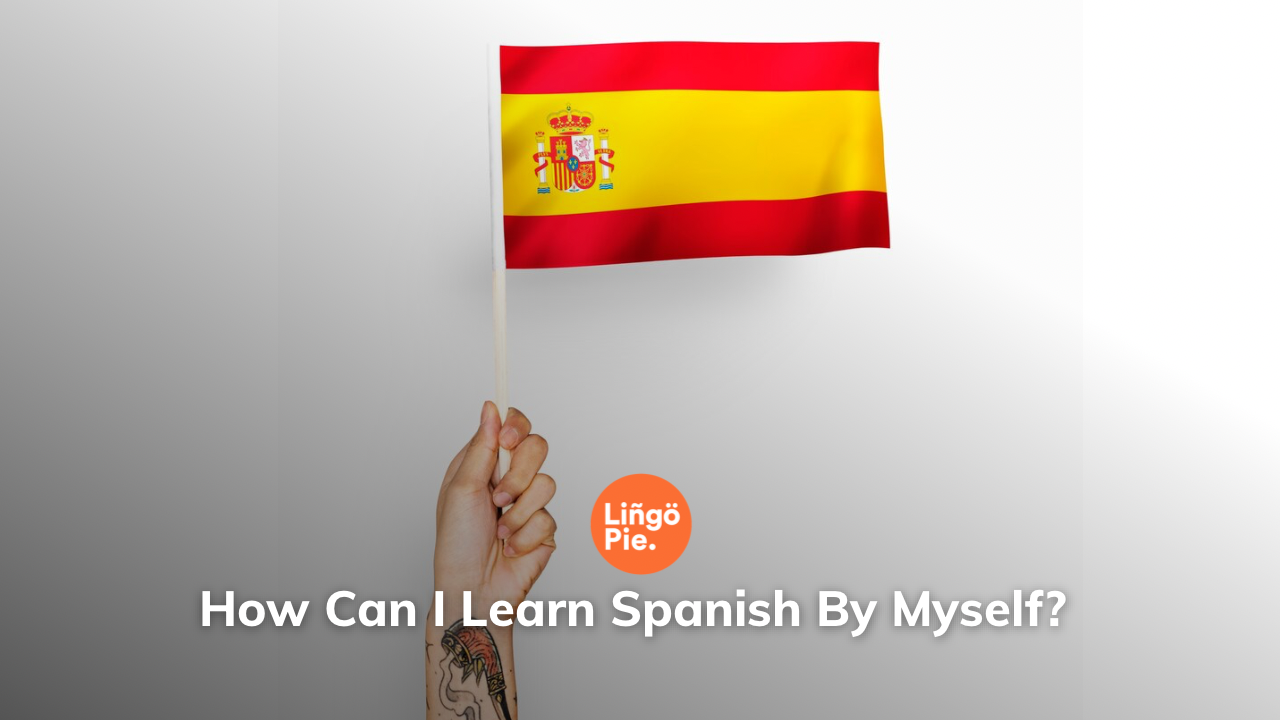
Spanish Words Related To Mama Negra
Here's a table with the key Spanish words and phrases related to the Mama Negra festival:
| Spanish Word/Phrase | Translation | Context |
|---|---|---|
| Procesión | Procession | Refers to the ceremonial march or parade central to the festival. |
| Disfraz | Costume | Elaborate costumes worn by participants, representing various characters. |
| Fiesta | Party or Festival | The overall celebration, including parades, dances, and cultural activities. |
| Ritual | Ritual | Ceremonial practices and traditional rites performed during the festival. |
| Prioste | Festival Organizer | Individuals responsible for organizing and managing the festival’s events. |
| Carroza | Float | Decorated vehicles used in the parade, showcasing various themes and characters. |
| Baile | Dance | Traditional dances performed during the festival, blending various cultural styles. |
| Música | Music | Diverse musical styles played during the festival, including traditional rhythms and melodies. |
| Ofrenda | Offering | Gifts or offerings made to the Virgin Mary as part of the festival’s rituals. |
| Desfile | Parade | Similar to “procesión,” referring to the festive procession of floats and participants. |
| Efigie | Effigy | Statues or representations of La Mama Negra and other figures used in the festival. |
| Celebración | Celebration | The entire event of Mama Negra, encompassing all activities and festivities. |
Conclusion
The Mama Negra festival is a vibrant mix of Ecuador’s rich traditions, bringing together indigenous, African, and Spanish influences. From its deep roots tied to the Cotopaxi volcano to today’s colorful parades, costumes, and music, it’s a celebration that truly reflects Ecuador’s diverse culture. With lively characters and festive processions, it’s an event that captures the spirit of the community.
If you’re looking to dive deeper into Ecuadorian culture or practice your Spanish, Lingopie is a great tool to help you learn through real-world shows and content. It makes language learning fun and easy while connecting you to different cultures.
Download Lingopie from the App Store or Play Store now and get a FREE 7-day trial!


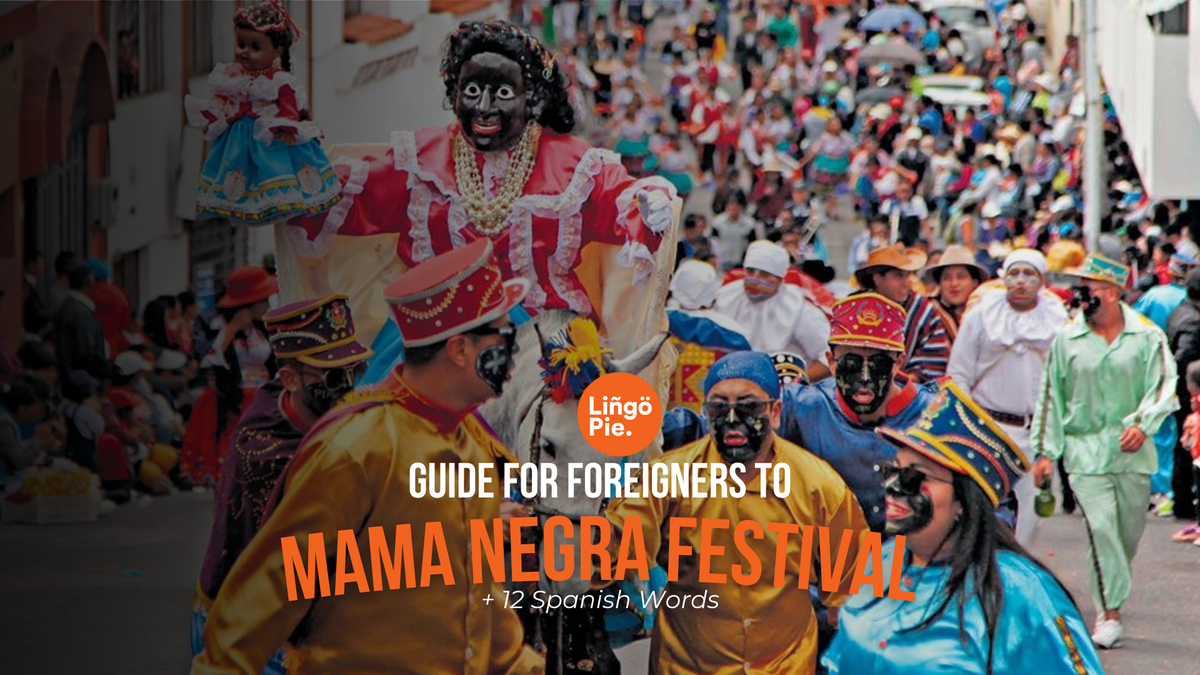






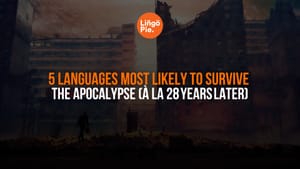
![Qixi Festival Guide: Meaning, Traditions, and Chinese Love Vocabulary [Guide]](/blog/content/images/size/w300/2025/06/Qixi-Festival-Guide.jpg)